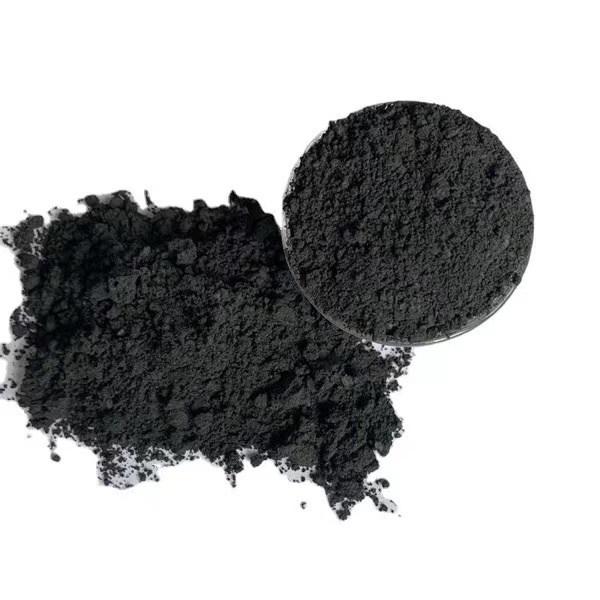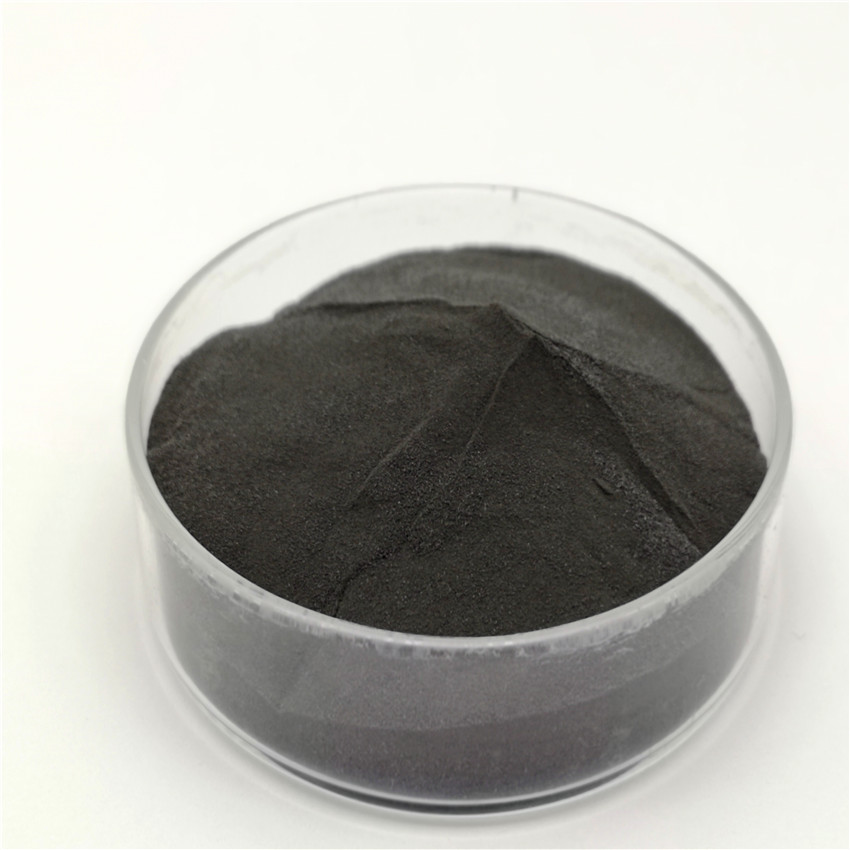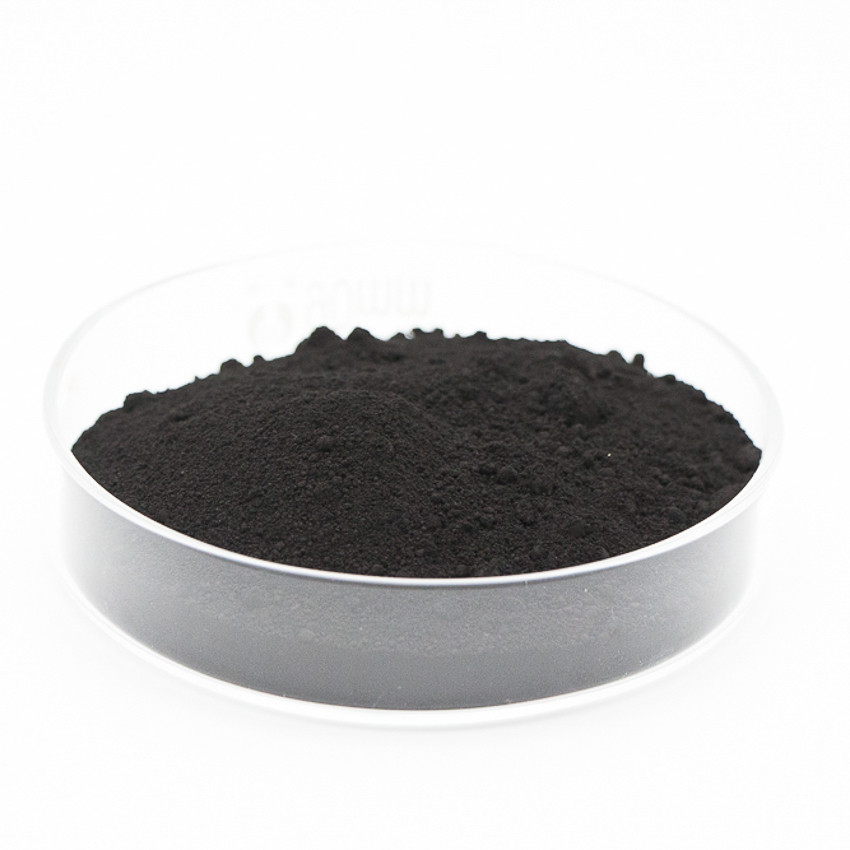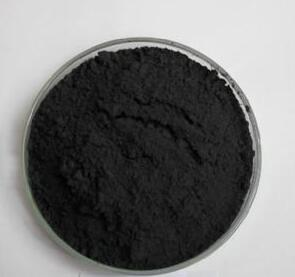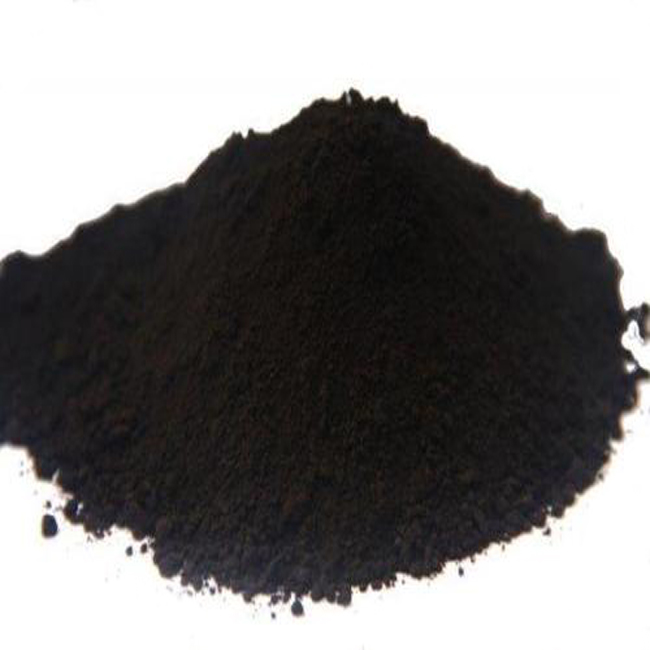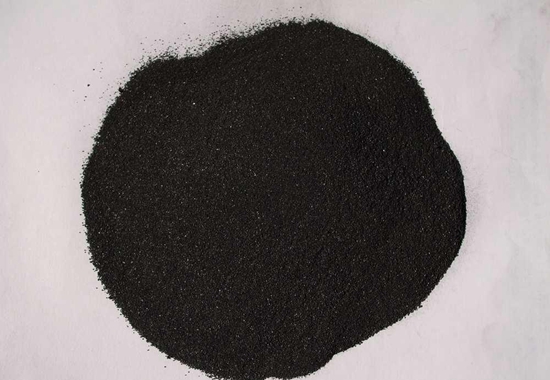Where expandable graphite powder can be applied?
What is Expandable Graphite?
Graphite is a mineral that is used for a variety of applications. It is often used in the manufacture of heat-resistant bricks, refractory bricks, and fire-retardant additives. It is also used in fuel cells, thermoplastics, and lubricants. It is also used as a flame retardant in paints.
Expandable graphite is an intercalation compound of graphite. The material expands when heated. This makes it ideal for applications such as insulation and fire retardant materials. It also has good chemical stability. It is especially effective in adsorbing oil and grease organic macromolecule pollution. It is also used in anti-static coatings. It is also used in cylinder gaskets, spray heads in rocket engines, and fire-resistant paints.
Expandable graphite has a rich pore structure. It has both large and medium pores. The pores expand up to 500 ml per gm. The pore size distribution is mainly in the range of 110.3 nm. The pore volume accounts for 98% of the material's volume. The finer expandable graphite particles have a smaller expansion volume. It is available in many grades and micron sizes. It is available in FIBC bulk bags, pails, and fiber drums. It can be shaped into a variety of custom particle shapes. It is also available in granular or colloidal form.
Expandable graphite has halogen-free properties. It is highly adsorbent. It can absorb 80 grams of heavy oil. It is suitable for liquid-phase adsorption. It is not suitable for gas-phase adsorption. It is also suitable for absorbing water. It can be reused and recycled. It has a very low purity requirement, and its service life can be extended by using an electrochemical process. The electrochemical method is a more environmentally friendly alternative to chemical oxidation. This process has a large treatment capacity, and the materials are recyclable after the reaction.
The largest application of expandable graphite is in the construction industry. China's construction industry requires 2 million tonnes of expanded graphite annually. This is more than the demand for natural graphite from the lithium ion battery industry. China's demand is expected to increase as the construction industry pushes for flame-retardant building materials. It is expected that 40 million tonnes of flame-retardant building materials will be made with five per cent expandable graphite.
Graphite is typically processed into expanded graphite by using sulfuric acid. It is then bonded to an adhesive. The process is very fast. The expanded graphite is then compressed into a pure graphite foil. It is used in heat spreaders, sealings, and as a part of chemical plant construction. The materials are also used in consumer electronics, including cell phones and laptops. The adsorption property of expandable graphite makes it suitable for oil-absorbing materials. It can also be used in coatings, medical dressings, and anti-static materials. It has excellent fire-retardant properties, and it can be used in military smoke agents.
Expandable graphite is also used as a fire-suppressant additive. The material is used to manufacture graphite gaskets and foundry additives. It can be used in fire doors. It does not effectively block cold smoke at room temperatures.
The characteristics of expandable graphite
expandable graphite not only keeps the high-temperature resistance, corrosion resistance, radiation resistance, electrical conductivity, high thermal conductivity, and other excellent properties of graphite but also has many unique good properties, for example, softness, resilience, self-viscosity, impermeability, adsorption and low density, expandable graphite price stability, in petroleum, chemical, atomic energy, electricity, pharmaceutical and other aspects of the application of a wide range.
Expandable graphite manufacturers can be treated flexible graphite as a sealing material. Compared with traditional sealing materials, flexible graphite has a wider temperature range and a smaller Coefficient of thermal expansion in air, with a range of -200°C-450°C. At present, it has been widely used in petrochemical, mechanical, metallurgical, atomic energy, and other industries.
The main development direction of the application of expanded graphite:
Graphite is a material that is used in a wide variety of applications. Among other things, it is used as a conductive material for electricity or heat. It can also be used to make paints and varnishes. It has a surface morphology that allows it to bind with other materials, such as plastics. It is also used in brakes and clutches for automobiles.
Expanded graphite is used in metallurgical industry
Metallurgy of expanded graphite has been studied in order to produce high-quality, porous graphite with the potential of being used for electrochemistry. Expanded graphite (EG) contains large interlayer distances and thus allows the formation of a large amount of Na+ ions electrochemically. Expanded graphite has been used as an adsorbent for antibacterial materials. However, its capacity as a Na-ion battery anode is very low. Someone can electrochemically intercalate a large amount of Na+ into EG, but steric hindering from large oxygen-containing groups limits the amount. EG also exhibits a very high surface area. This makes it a good candidate for catalysis. In the present study, programmable heating, which provides more flexibility and control over textural properties synthesized EG.
Chemical processes for paints and varnishes
Graphite is a material that offers several unique properties. It is an excellent conductor of electrical energy and it also offers thermal conductivity and chemical inertness. It is also used as a refractory material, and it has many industrial applications. It is available in several different purities and can be used in paints and varnishes.
Graphite is composed of carbon atoms, and it has a metallic luster. It has a high degree of physical anisotropy, and its electrical conductivity can be resolved by its structure. It has strong intra-layer bonding between carbon atoms, and it has atoms that are chemically unreactive. It can be used in paints and varnishes, and it is very low in cost. It is compatible with almost any coating system, and it is non-toxic. Its addition to a coating can increase thermal stability, and it can also reduce hot spots.
Car brakes and clutches
Graphite has been used in a number of different applications and is commonly used as a brake pad material. However, it has not been well investigated whether the application of expanded graphite actually helps improve the thermal conductivity of a brake pad.
One study investigated the effect of a varying particle size distribution of T graphite on the thermal conductivity of brake pads. Although the thermal conductivity increased significantly, the effect was only a small one. The researchers determined that this effect was related to the morphology of the particles.
Another study investigated the effects of graphite type of brake squeal. It was discovered that the use of mineral fibers was not a good idea.
Conductor of electricity or heat
Graphite is an allotrope of carbon that is known for its brilliant electrical conductivity and thermal resistance. It has an array of hexagonal layers that are bonded by strong covalent bonds.
Graphite is a unique filler that provides a wide range of applications. It is used in various applications such as crucibles, electrical brushes, and lubricants. It is often used in composites with polymers to enhance the electrical and thermal properties of the material. It has a low coefficient of thermal expansion, low friction, and high thermal shock resistance. Graphite can also be transformed into an artificial diamond.
Polymer/graphite composites are often used in structural applications such as heat exchangers and self-limiting electrical heaters. These composites are also used in portable electronics such as mobile phones, computers, and power tools.
Adsorbent
Expanded graphite is an absorbent with hydrophobic properties. It is used as an adsorbent in various applications. The low mass of the material and its large surface area make it an ideal material for absorbing organic compounds. It also has high anti-electromagnetic properties.
Expanded graphite(EG) is an excellent absorbent with a high capacity to adsorb organic compounds. However, its performance decreases when it is reused. It is necessary to develop novel synthesis methods to improve the performance of EG.
Expanded graphite(EG) is synthesized by the oxidation of natural graphite. During the synthesis process, the ake graphite is first treated with an oxidant. The oxidant is usually H2O2 or H2SO4.
Then, the oxidant is decomposed by rapid heating. This leads to the strong form of a gas phase. This phase then decomposes the GICs. The decomposition of GICs leads to the formation of a porous cellular structure. It also creates defect paths for the gas phase. The defect paths lead to the formation of a small number of pores.
Surface morphology
Several types of surface modifications can be made on expanded graphite. These can range from surface functionalization, synthesis temperature, and type of precursor. These methods can also influence electrical properties and wettability.
An initial commercial intercalated graphite specimen was studied using X-ray diffraction (XRD) and scanning electron microscope (SEM). XRD analysis showed that the specimen had a worm-like morphology. SEM analyses revealed honeycomb-like micropores.
The expanded graphite samples synthesized using programmable heating had a high specific surface area. This was an improvement over the thermal shock method, which produced a lower specific surface area. This programmable heating method is useful for controlling the bulk density and textural properties of expanded graphite. The programmable heating method is also more efficient than the thermal shock method.


